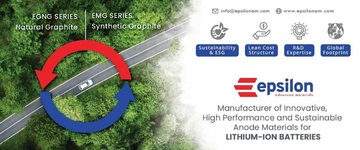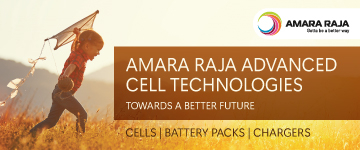Nickel-zinc battery firm ZincFive to accelerate manufacturing in US
ZincFive, a leading developer of nickel-zinc (NiZn) battery-based solutions for power applications, recently announced that it has secured financing to accelerate its expansion plans in the United States for battery manufacturing, systems assembly, pack assembly, and new product development.
The increasing demand for data center infrastructure in the country, driven by massive market investments in AI growth, is driving the expansion, according to the company.
The new facility will be located near ZincFive's headquarters in Tualatin, Oregon. The project encompasses dedicated operations for the launch of U.S. battery manufacturing, including the development of a local battery supply chain along with partnerships for critical materials and battery recycling.
In addition to its existing operations in Asia, this strategic investment by ZincFive affirms the company's commitment to expanding its manufacturing capability and ensuring a global presence to meet the evolving needs of its customers.

Zinc batteries charged for another banner year
"We're thrilled to launch our U.S. manufacturing journey, serving customers both domestically and internationally," stated Tim Hysell, CEO and Co-Founder of ZincFive.
"It's been a long-standing vision—a dedicated commitment to extend our battery manufacturing capabilities to the United States, allowing us to continue providing safe, sustainable battery technology for high-power mission-critical applications worldwide", he added.
ZincFive's nickel-zinc battery technology is commended for its efficacy in offering immediate power solutions for critical backup and energy storage applications in global markets. The company's technology leverages the safety and sustainability of nickel-zinc chemistry to provide high power density and performance for mission critical applications.
The company claims that its patented nickel-zinc electrochemistry sets a higher standard for battery technology for meeting today's growing power demands, along with safety and sustainably standards, thereby challenging the traditional dominance of lead-acid and lithium-ion batteries.





















